Despite popular belief, medieval medicine wasn’t all about superstition and quackery. While some treatments seem bizarre today, many methods from the Middle Ages were surprisingly effective and laid the groundwork for modern medical practices. These are the 17 surprising ways that Medieval medicine actually had the right idea.
Leech Therapy

The Guardian reveals that leeches “release chemicals that thin the blood and inhibit clotting.” They might seem like a gruesome treatment, but in medieval times, they were considered a medical marvel. Leeches were used to draw out “bad blood” and reduce swelling. Modern medicine has rediscovered the benefits of leech therapy, particularly in microsurgery and skin grafts.
Herbal Remedies
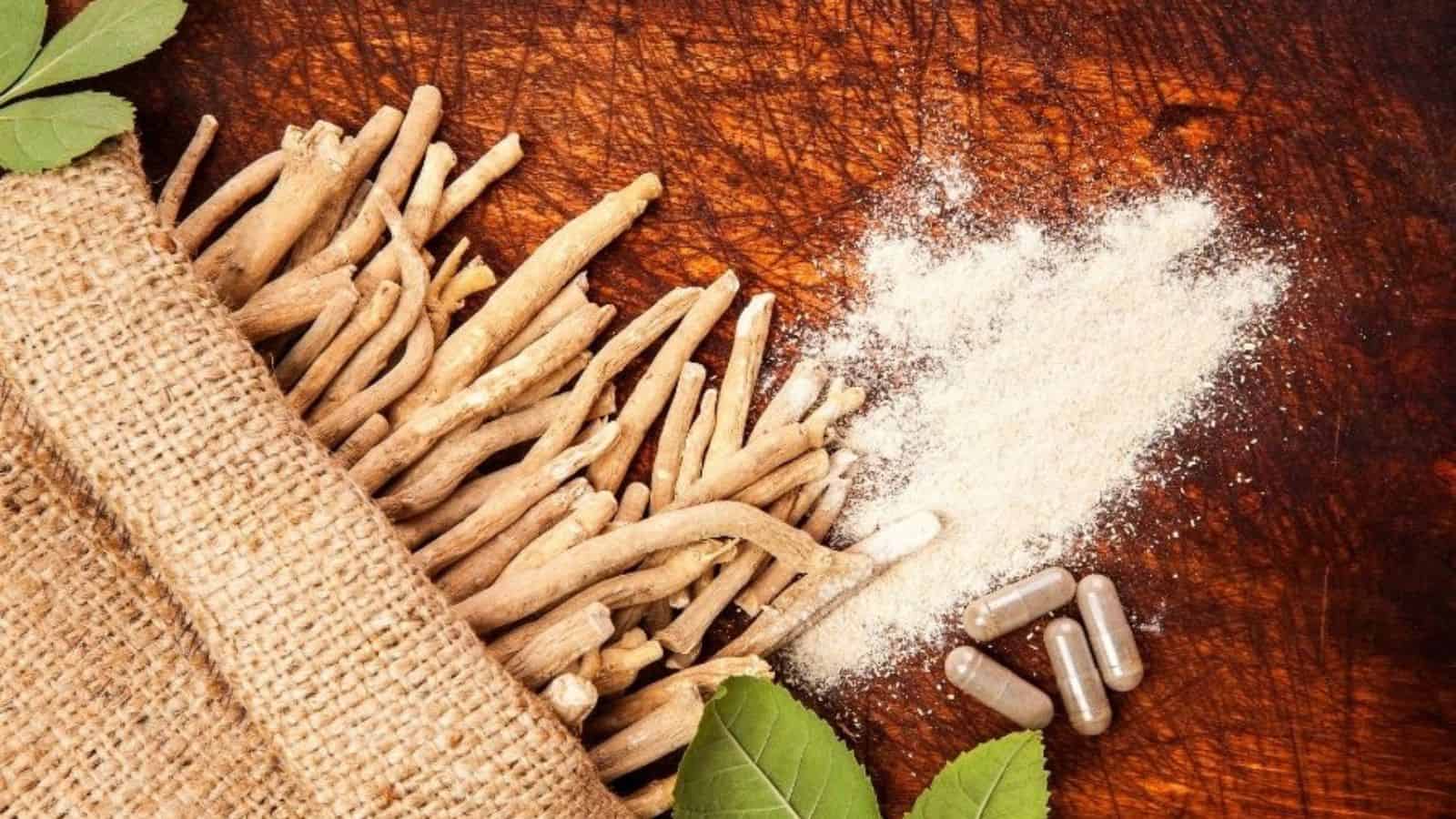
Medieval practitioners heavily relied on herbal remedies, many of which are still used today. Herbs like chamomile, mint, and valerian were used to treat various ailments, from digestive issues to anxiety. They understood the importance of these plants and their medicinal properties, using them to make tinctures, teas, and poultices.
Trepanning
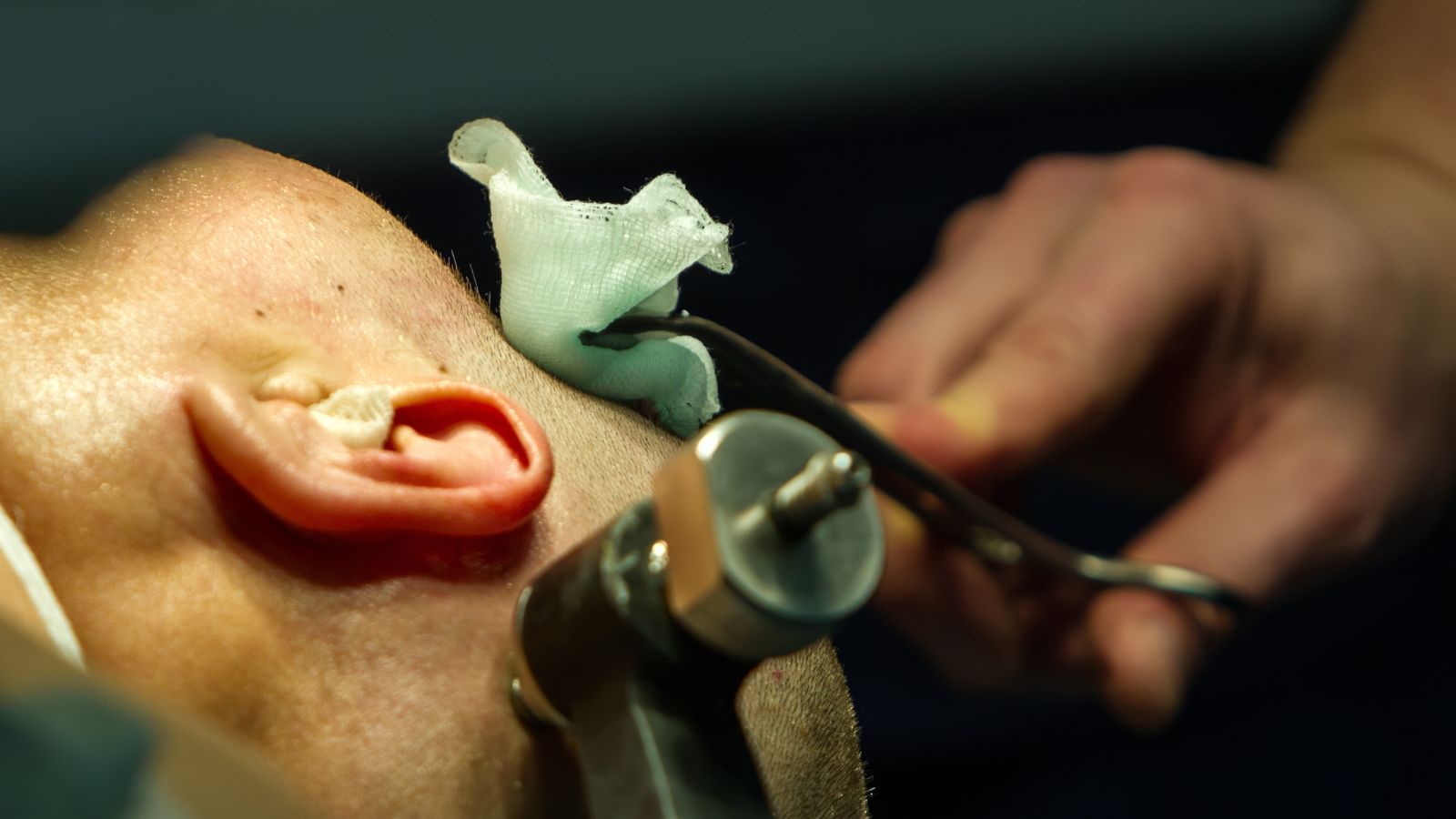
Trepanning, or drilling a hole into the skull, was a common practice for treating head injuries and neurological disorders. While it sounds terrifying, this technique was often successful in relieving pressure from head traumas or infections. Today, craniotomy, a more refined version of trepanning, is a standard surgical procedure used to treat similar conditions.
Cauterisation
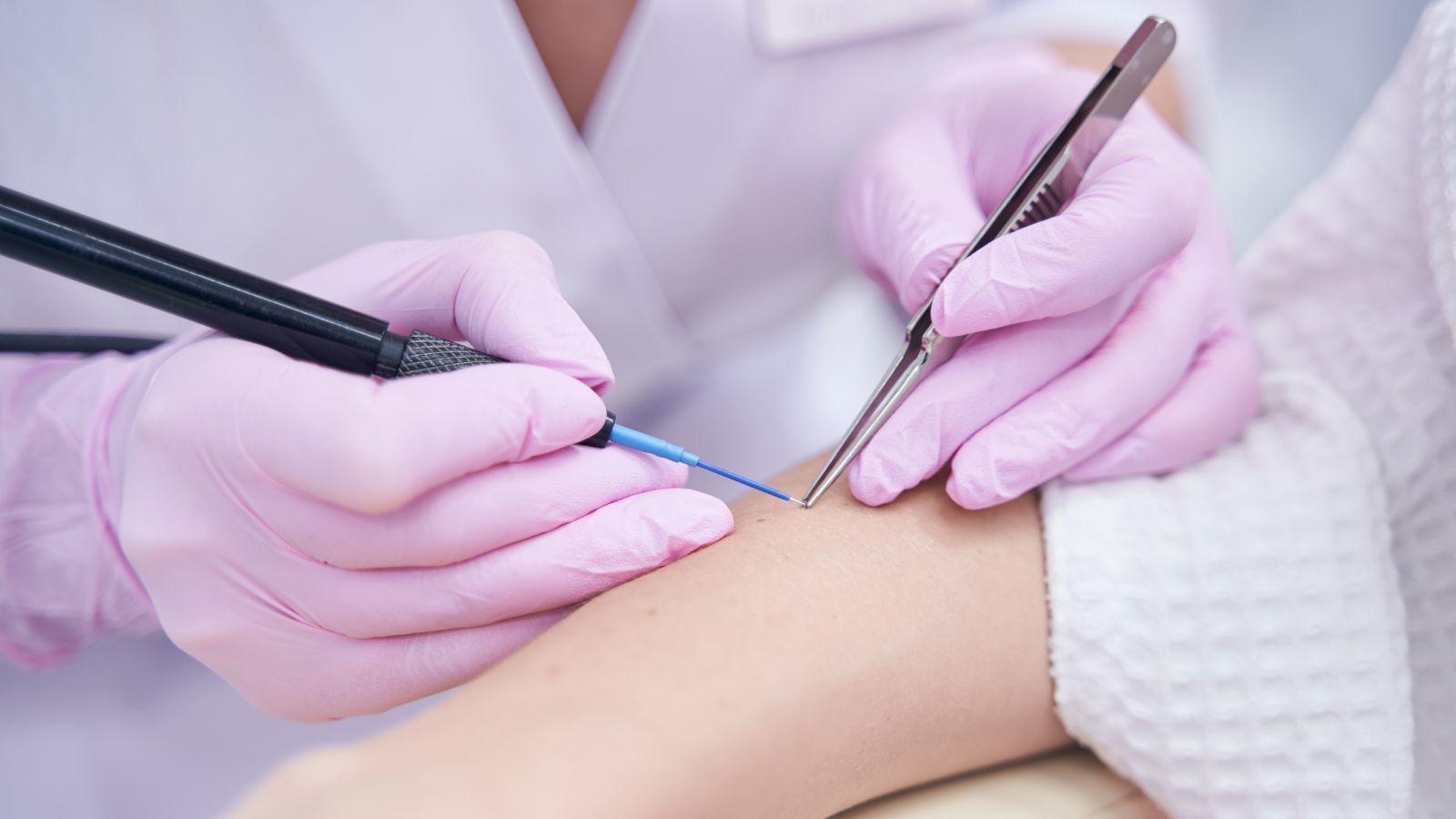
Burning a part of the body to stop bleeding and prevent infection is known as cauterisation, and medieval surgeons used heated metal instruments or boiling oil to cauterise wounds, which, despite the pain, often saved lives by preventing blood loss and infections. Modern medicine uses more advanced techniques like electrocautery, but the basic principle remains the same.
Honey as an Antiseptic
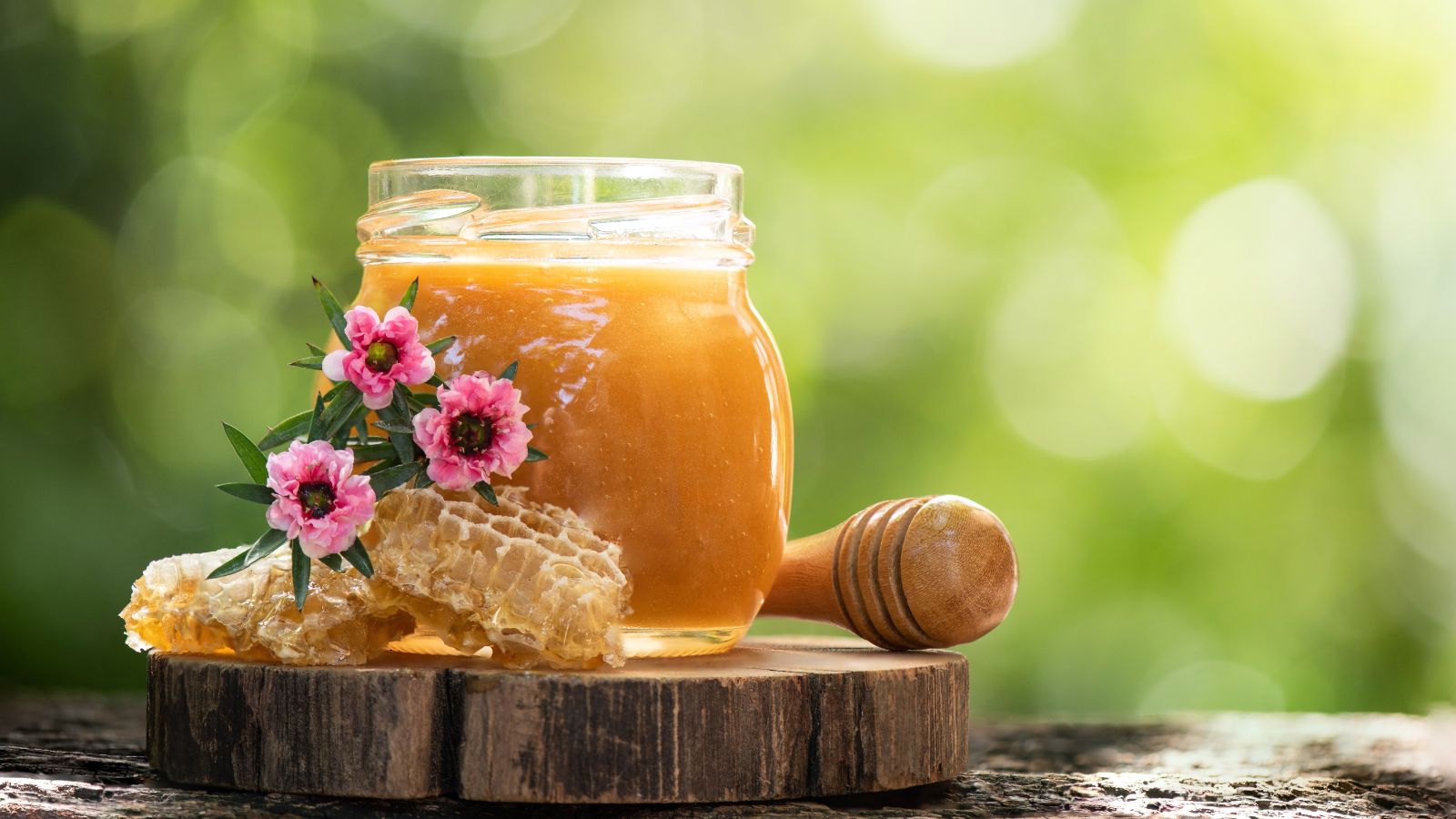
Healers used honey to treat wounds due to its natural antibacterial properties. Honey creates a barrier against infection and promotes healing, making it an effective treatment for cuts and burns. Today, honey is still used in medical settings for its healing properties, particularly in managing chronic wounds and burns.
The Use of Mandrake

The mandrake root was famous in old medicine for its sedative and pain-relieving properties, and it was often used as an anaesthetic during surgeries. The roots were carefully prepared to avoid toxicity. Modern anaesthetics have replaced mandrake, but the plant’s use in history highlights the medieval understanding of natural pain relief.
Urine Analysis

Physicians often analysed urine to diagnose illnesses. They believed the colour, smell, and even taste of urine could reveal underlying health issues. This practice, known as uroscopy, provided valuable insights into a patient’s health. Today, urine tests are a routine part of medical diagnostics, proving the lasting value of this ancient method.
Bloodletting
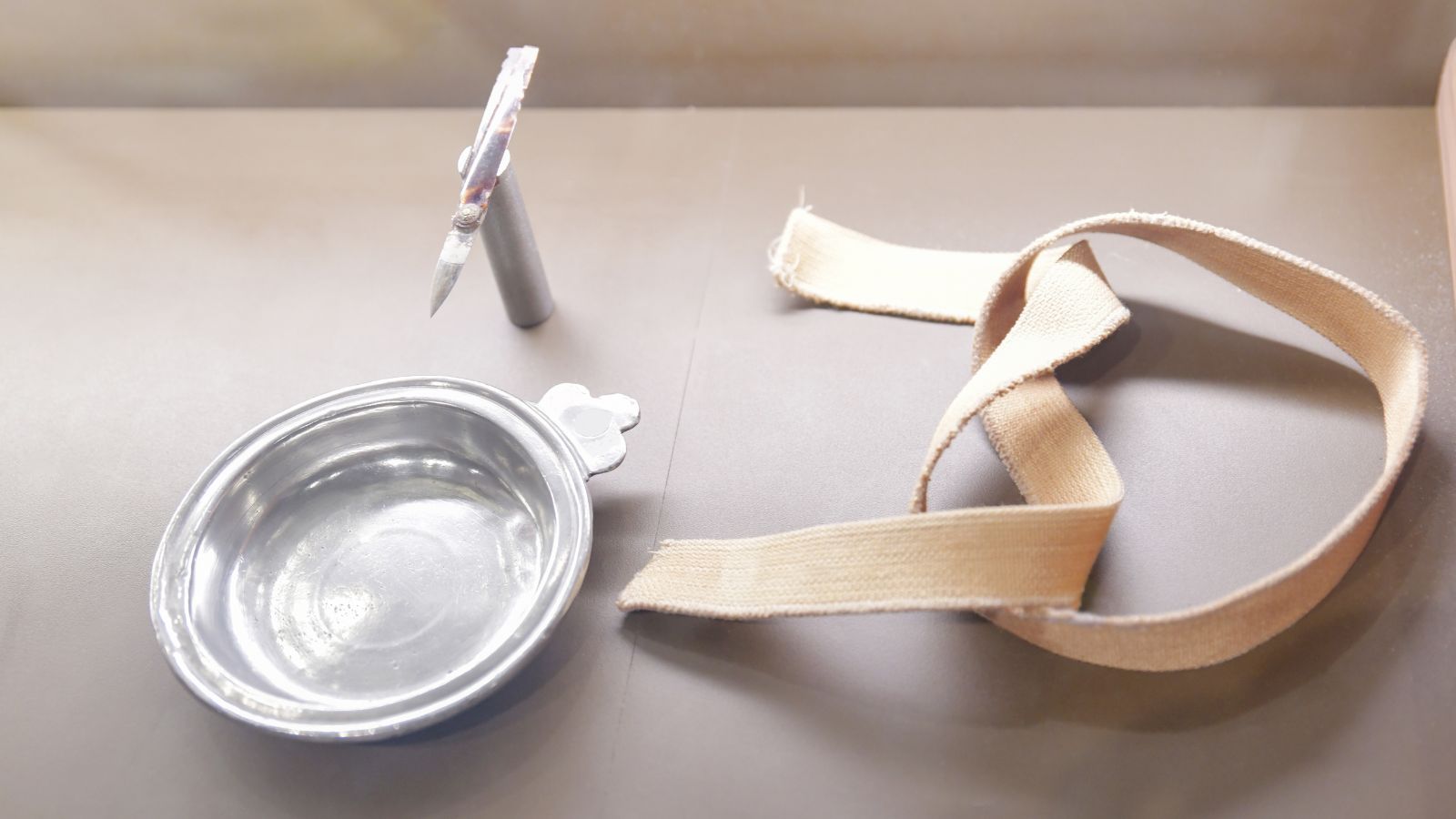
Though controversial, bloodletting was a common practice believed to balance the body’s humours, and it was used to treat a variety of conditions, including fevers and mental illness. While often overused, in some cases, it provided relief for patients with conditions like haemochromatosis, where reducing iron levels in the blood is necessary.
Use of Willow Bark
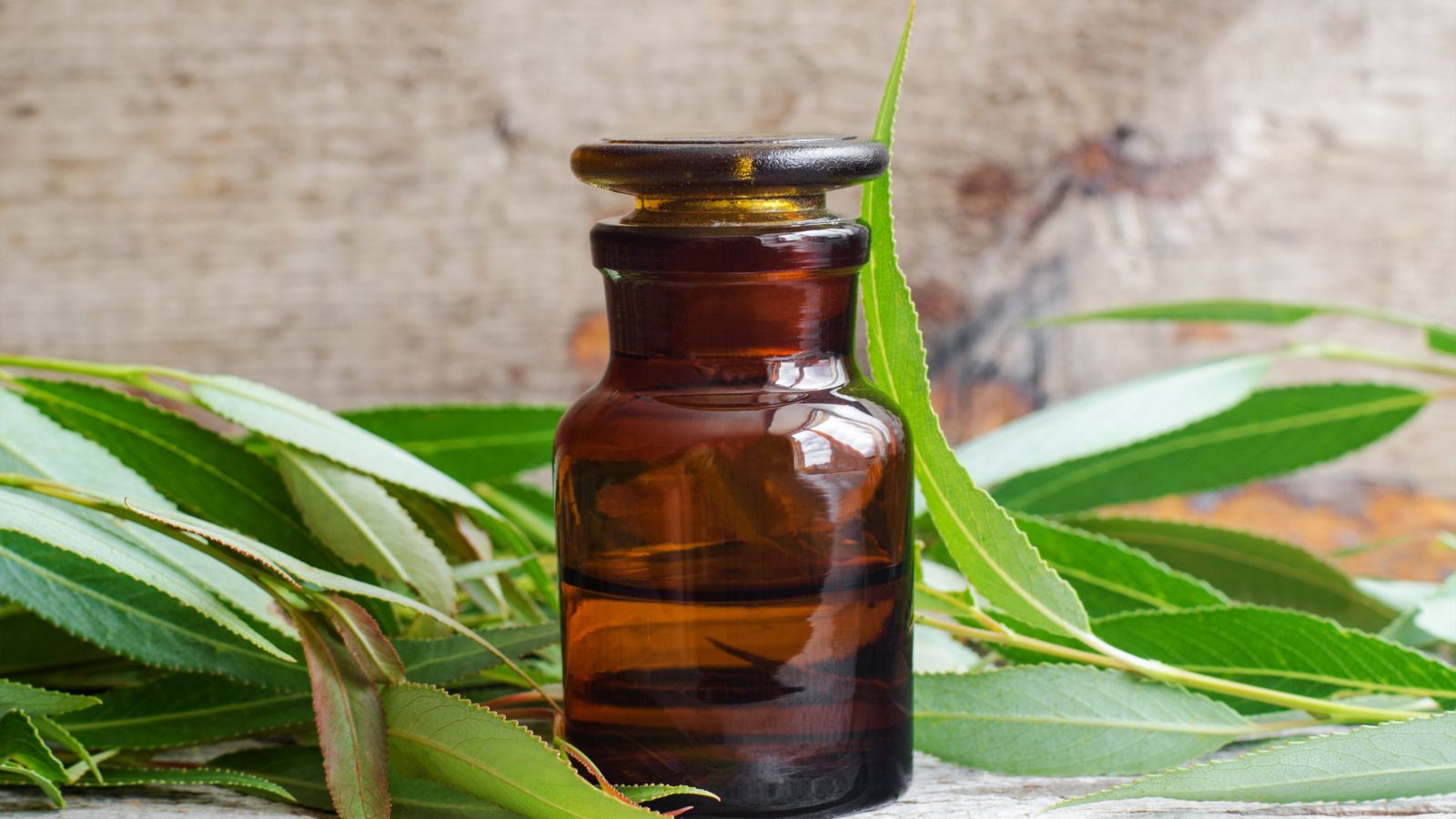
Practitioners also used willow bark to alleviate pain and reduce fevers, a practice that dates back to ancient times. Willow bark contains salicin, which is a natural precursor to aspirin. Modern medicine has confirmed the effectiveness of this treatment, and salicin’s synthetic counterpart remains one of the most widely used medications in the world.
Quarantine
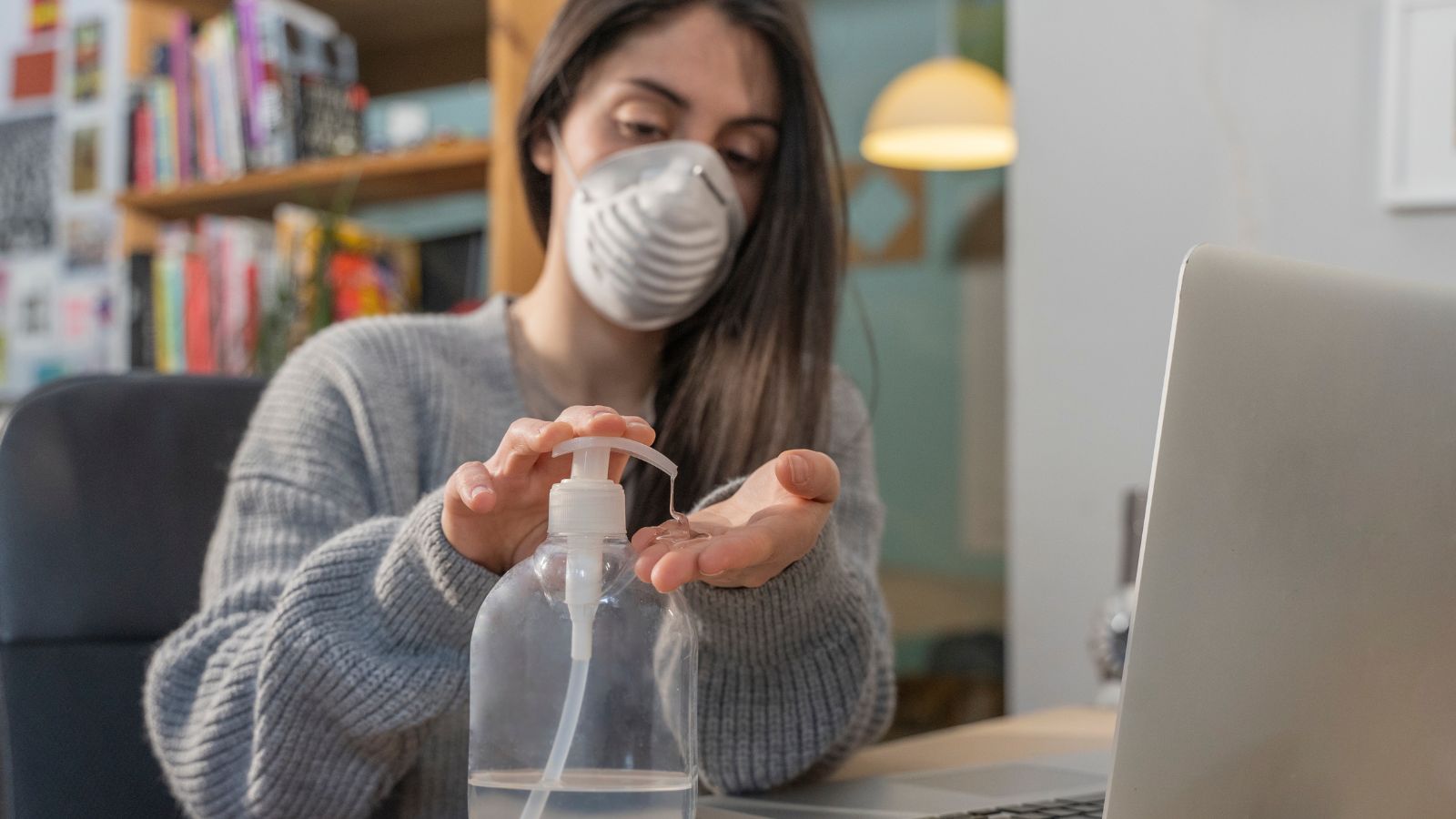
During the medieval period, particularly during outbreaks like the Black Death, quarantine was employed to prevent the spread of disease. Ships suspected of carrying plague were isolated before their passengers could enter cities. This practice of isolating the sick to prevent contagion is a cornerstone of modern public health measures, especially during pandemics.
Surgery Techniques
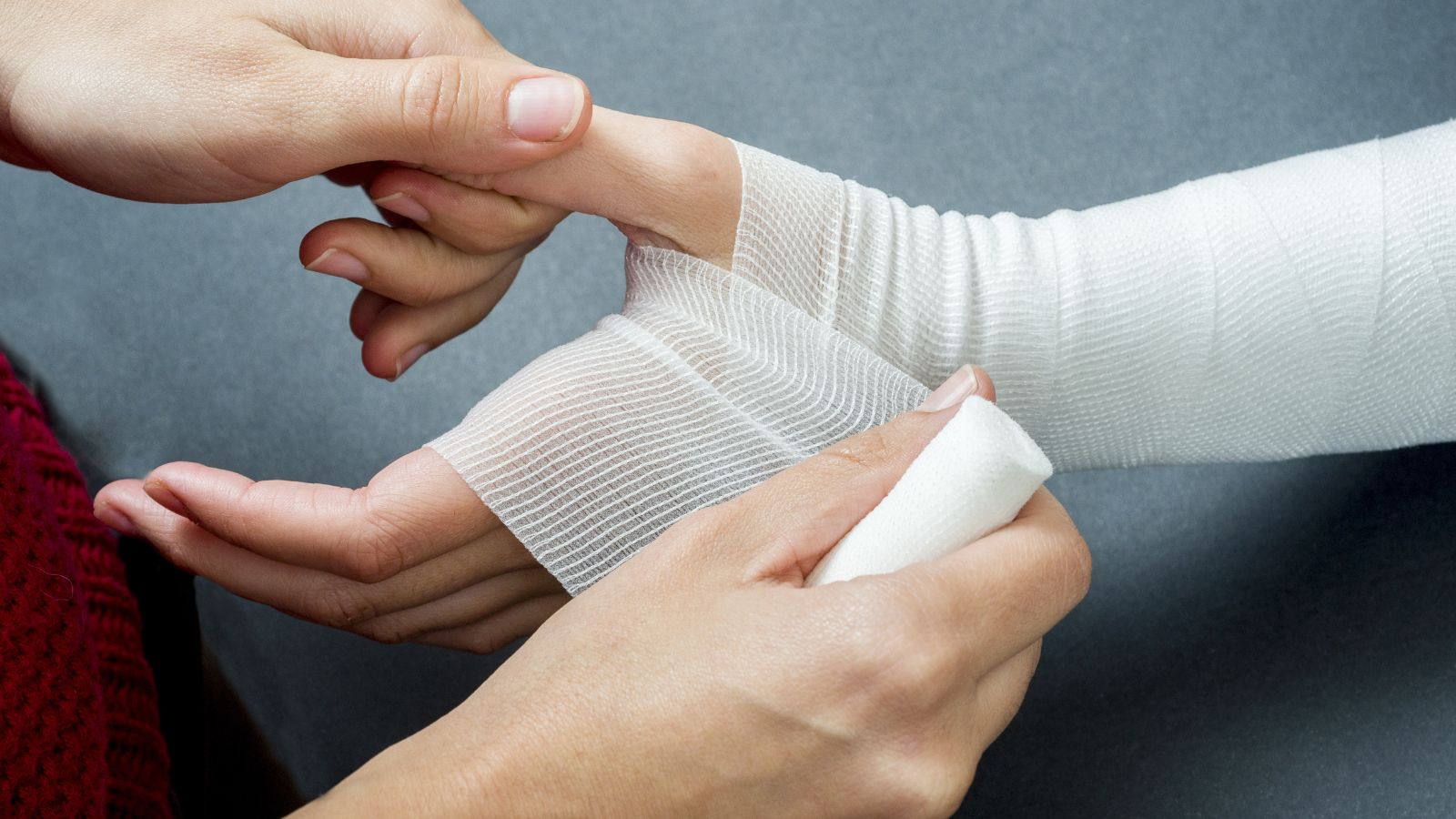
Surgeons developed various techniques that formed the basis of modern surgery, and they performed amputations, treated fractures, and conducted complex operations using tools remarkably similar to those used today. Although lacking modern anaesthesia and sterilisation, their techniques showed a deep understanding of human anatomy and surgical principles.
Use of Alcohol

Alcohol was widely used as an antiseptic and anaesthetic during this period and it was applied to wounds to prevent infection and used to numb pain during surgical procedures. Today, we still use alcohol in medical settings to sterilise equipment and skin, highlighting the enduring efficacy of this medieval practice.
Animal Products

Medieval medicine often utilised animal products for their healing properties, too. For instance, spider webs were used to cover wounds due to their antiseptic properties, and animal fats were used in salves. While modern medicine has moved away from many of these practices, the use of biological materials in healing, such as collagen, remains relevant.
Fermented Foods
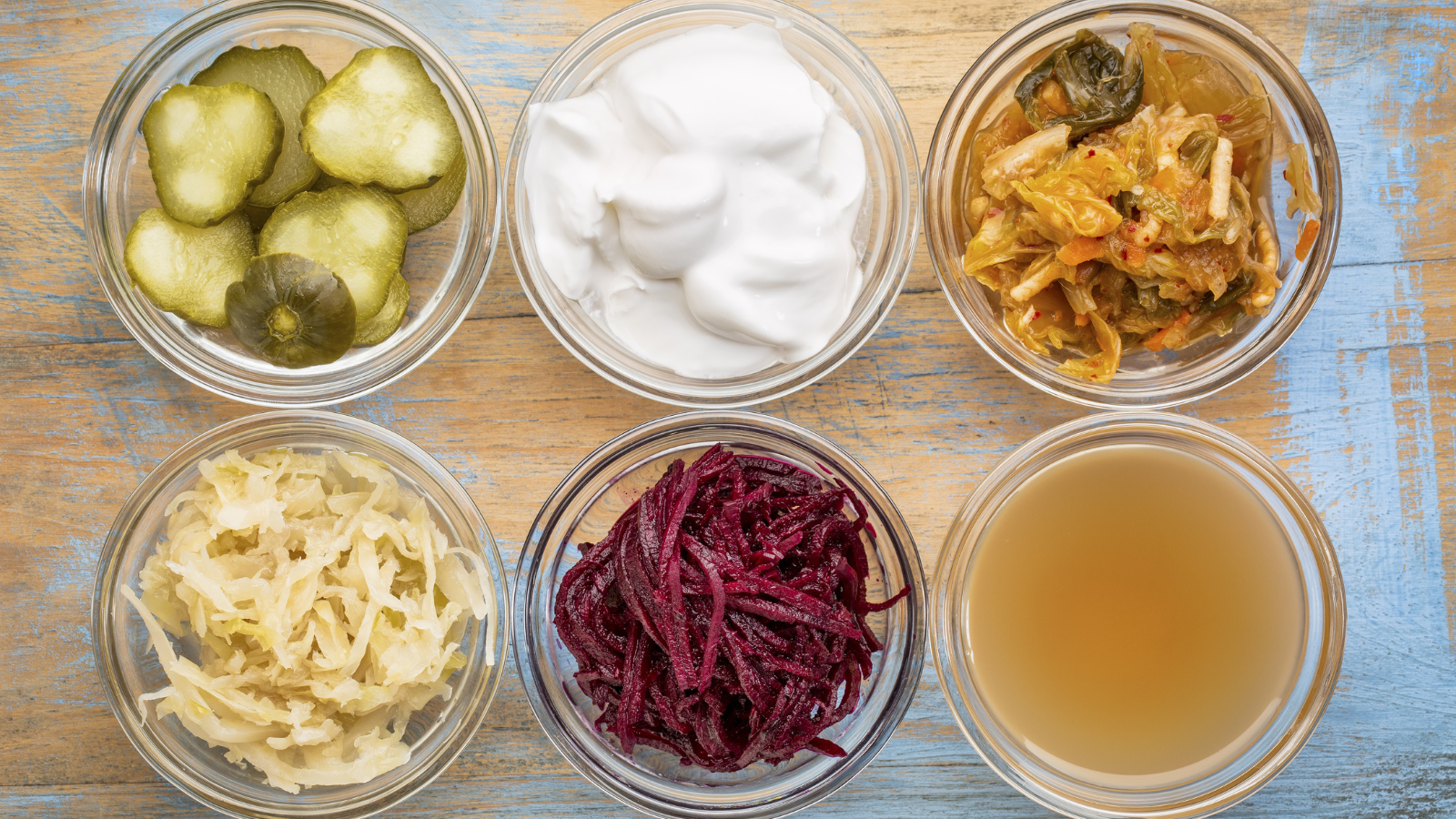
Diets included fermented foods like sauerkraut and kefir, which promoted good gut health; these foods are rich in probiotics, which aid digestion and boost the immune system. Modern nutrition science recognises the benefits of fermented foods, and they are now a staple in health-conscious diets.
Dental Care

Those people from the medieval period used rudimentary dental tools and natural ingredients like clove oil to treat toothaches and other dental issues. Clove oil contains eugenol, which has analgesic and antiseptic properties. Today, clove oil is still used in dentistry.
Community Health

Collective measures to ensure public health were often taken in medieval communities. For instance, towns would clean streets and regulate waste disposal to prevent disease spread. These early forms of public health measures laid the groundwork for modern sanitation and public health systems, which are crucial in managing disease outbreaks and maintaining health.
Apprenticeships and Training

And finally, medicine from this period was taught through apprenticeships, where young practitioners learned directly from experienced healers. This hands-on training ensured that medical knowledge and skills were passed down effectively. While modern medical education has become more formalised, the emphasis on practical, hands-on experience remains a critical aspect of medical training today.







